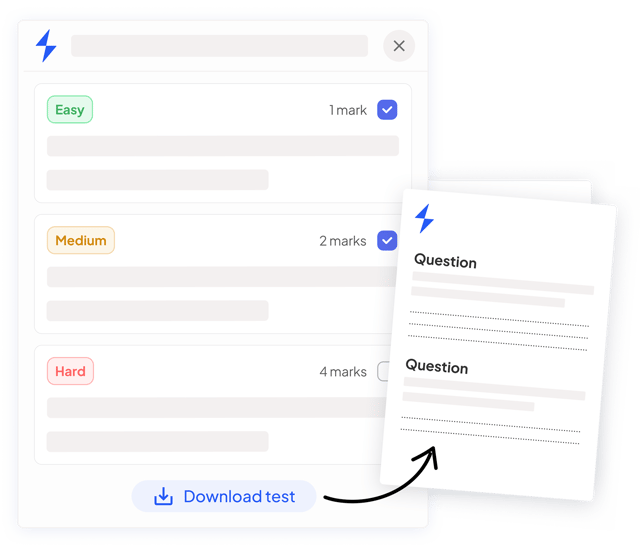Bromine & Alkenes (Edexcel IGCSE Chemistry (Modular)): Revision Note
Exam code: 4XCH1
Bromine & alkenes
Bromination of alkenes
Alkenes undergo addition reactions in which atoms of a simple molecule add across the C=C double bond
When bromine is reacted with an alkene a dibromoalkane is formed
The reaction between bromine and ethene is an example of an addition reaction and forms dibromoethane
The same process works for any halogen and any alkene in which the halogen atoms always add to the carbon atoms across the C=C double bond
Addition of bromine to ethene

Bromine atoms add across the C=C in the addition reaction of ethene and bromine
Testing for alkenes
Bromine water test
Alkanes and alkenes have different molecular structures
The presence of the C=C double bond allows alkenes to react in ways that alkanes cannot
This allows us to tell alkenes apart from alkanes using a simple chemical test called the bromine water test
Bromine water is used in the test for alkenes as it is safer and easier to handle than bromine
Bromine water is an orange coloured solution
When bromine water is added to an alkane, it will remain as an orange solution as alkanes do not have double carbon bonds (C=C) so the bromine remains in solution
But when bromine water is added to an alkene:
The bromine atoms add across the C=C bond
The solution no longer contains free bromine so it loses its colour / decolourises
Bromine water test

Diagram showing the result of the test using bromine water with alkanes and alkenes
Examiner Tips and Tricks
Alkenes are more reactive than alkanes due to the presence of the carbon-carbon double bond which contains an area of high electron density.
Ready to test your students on this topic?
- Create exam-aligned tests in minutes
- Differentiate easily with tiered difficulty
- Trusted for all assessment types

Did this page help you?